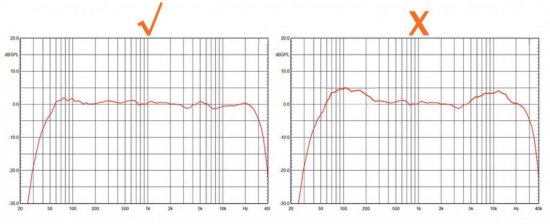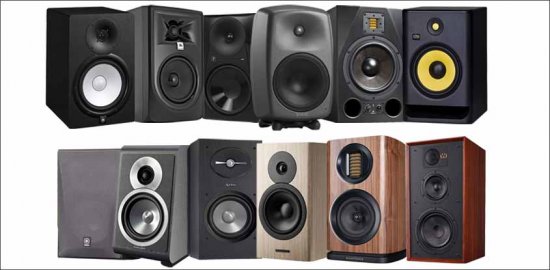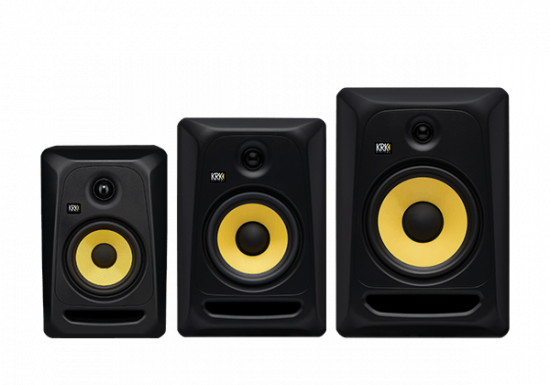How To Choose The Best Home Studio Monitors For Your Needs

Active vs. Passive Monitors
One of the first decisions you’ll need to make when choosing monitors is whether you want active or passive monitors. Active monitors have built-in amplifiers, while passive monitors rely on an external amplifier. Active monitors are typically more expensive, but they offer a number of advantages, such as decreased distortion and increased efficiency. Passive monitors may require a bit more setup, but they’re often more versatile and can be used with a wider range of amplifiers.

Size Matters
When it comes to monitors, size definitely matters. If you have a small room, then you will want to choose smaller monitors so that they don’t overwhelm the space. Conversely, if you have a large room, then you can choose bigger monitors without worrying about them sounding too loud for the room.
In addition, the larger the monitor, the greater the bass response will be. If you’re working in a smaller space, or if you want a more compact setup, smaller monitors may be a better option for you. Just keep in mind that smaller monitors may not provide the same level of low-end frequency response as their larger counterparts.

